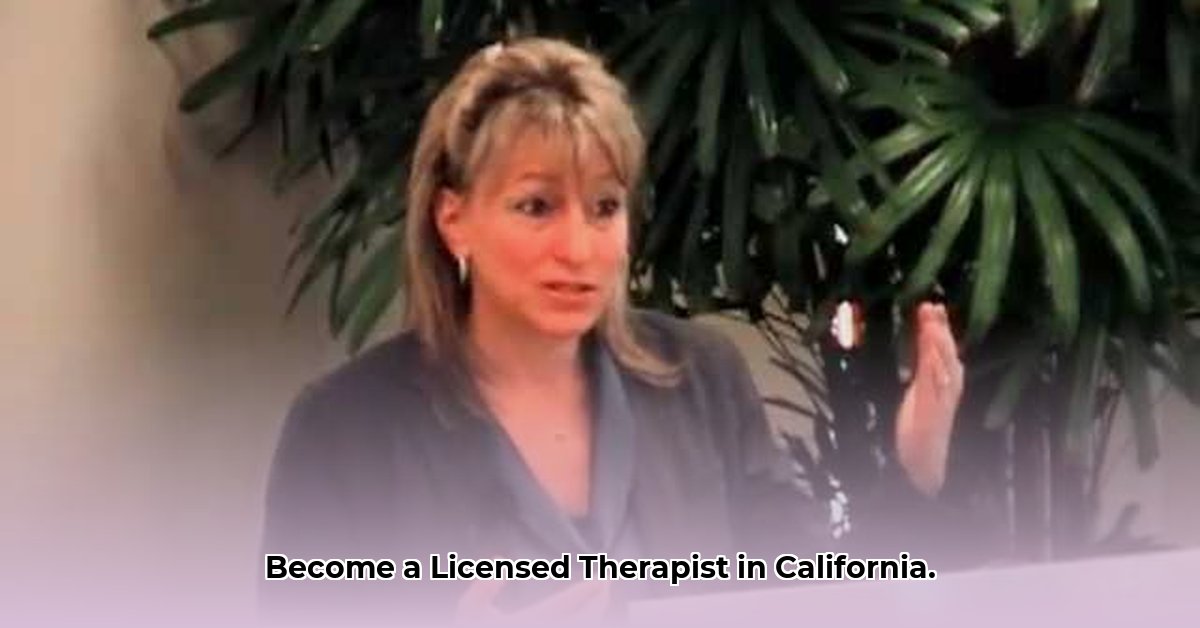
Choosing a Marriage and Family Therapy (MFT) program is a significant decision impacting your career trajectory. This article provides a comprehensive comparison of California Southern University's (CalSouthern) MFT program with the University of Southern California's (USC) program, empowering you to make an informed choice.
California Southern University's MFT Program: An In-Depth Look
CalSouthern's MFT program focuses on providing a structured curriculum designed to prepare graduates for licensure across multiple states. The program's primary delivery method is online, offering flexibility. This structured approach, while beneficial for some, may limit elective options for specialization, potentially hindering students seeking a tailored learning experience. The program's emphasis on preparing students for licensure in several states is a key advantage for those considering practice outside California. However, prospective students must verify their target state's specific licensing board requirements, as CalSouthern's stated compliance doesn't guarantee licensure in every jurisdiction.
USC Rossier School of Education's MFT Program: A Comparative Analysis
USC's MFT program, part of its prestigious Rossier School of Education, offers a contrasting approach. It often provides both online and in-person options, frequently employing a cohort model that fosters collaboration. A key differentiator is USC's often greater emphasis on pre-graduation clinical experience, providing valuable hands-on practice before entering post-graduate supervised hours. Their curriculum typically focuses more specifically on California licensure requirements, although graduates may still pursue licenses in other states, potentially needing to fulfill additional requirements. USC also often places a significant emphasis on cultural sensitivity, integrating this into the curriculum to better equip graduates to serve diverse populations.
Head-to-Head Comparison: CalSouthern vs. USC
The following table summarizes key differences:
| Feature | California Southern University MFT | USC Rossier School of Education MFT |
|---|---|---|
| Curriculum Structure | Structured, fixed curriculum; primarily online | More flexible; offers on-campus and online options; cohort based |
| Licensure Focus | Broader national emphasis; explicitly lists states where curriculum meets minimum requirements | Primarily California focused, but graduates often eligible for other states with further steps |
| Cultural Sensitivity | Present, but not as prominently featured | Significant emphasis integrated throughout the curriculum |
| Clinical Experience | Typically post-graduation supervised hours | Potential for pre-graduation clinical hours |
| Learning Environment | Primarily online, self-paced | Blend of online and in-person; cohort-based learning |
Navigating State-Specific Licensure Requirements
State-specific licensure requirements vary significantly. While CalSouthern details states where its curriculum meets minimum requirements, prospective students must independently verify this information with their chosen state's licensing board. This proactive approach is critical for avoiding unexpected delays or obstacles. The same due diligence applies to USC graduates pursuing licensure outside California.
A Step-by-Step Guide to Choosing the Right Program
Self-Assessment: Identify your career aspirations, preferred practice setting, and client population. Do you prefer the flexibility of online learning or the collaborative environment of in-person study?
Licensing Board Research: Thoroughly research your target state(s)' licensing board requirements to ensure program compliance. Don't solely rely on university information.
Program Comparison: Carefully review curriculum details, faculty profiles, and program resources. Consider your learning style and preferences.
Cultural Competency: Evaluate each program's focus on cultural sensitivity and its alignment with your values.
Financial Planning: Assess tuition, fees, living expenses, and available financial aid options.
Networking: Connect with current students and alumni to gain firsthand insight into program strengths and weaknesses.
Choosing an MFT program is a pivotal decision. This comprehensive comparison and step-by-step guide will help you navigate the process effectively and select a program that aligns with your unique goals and aspirations.